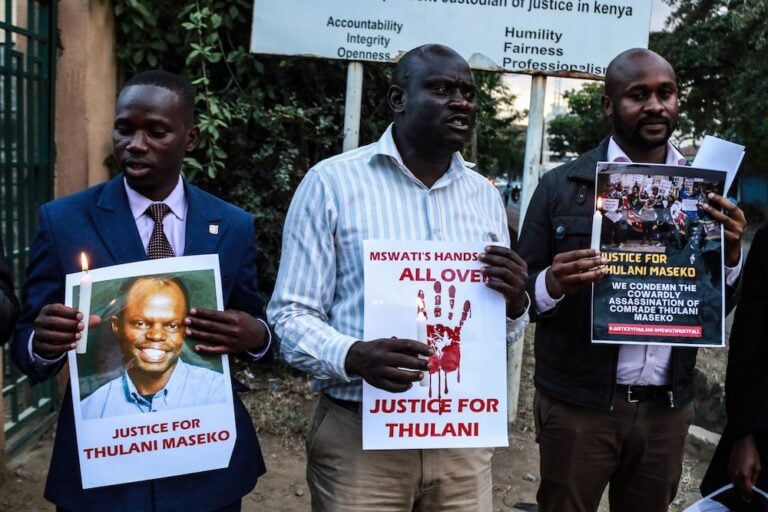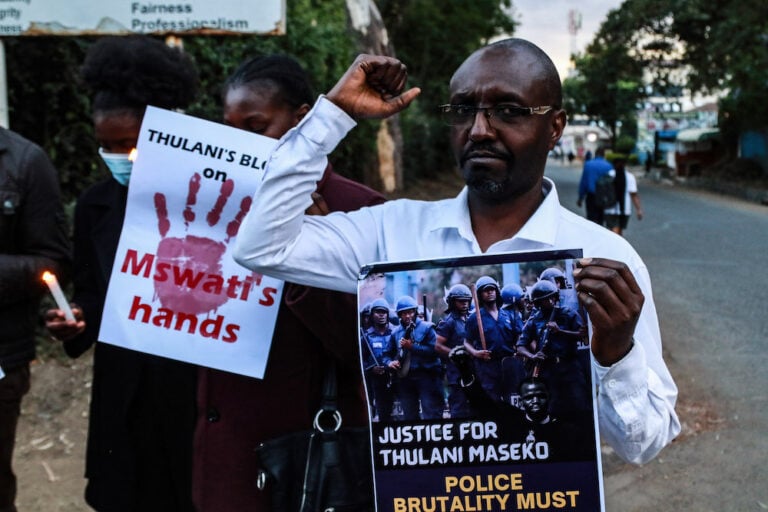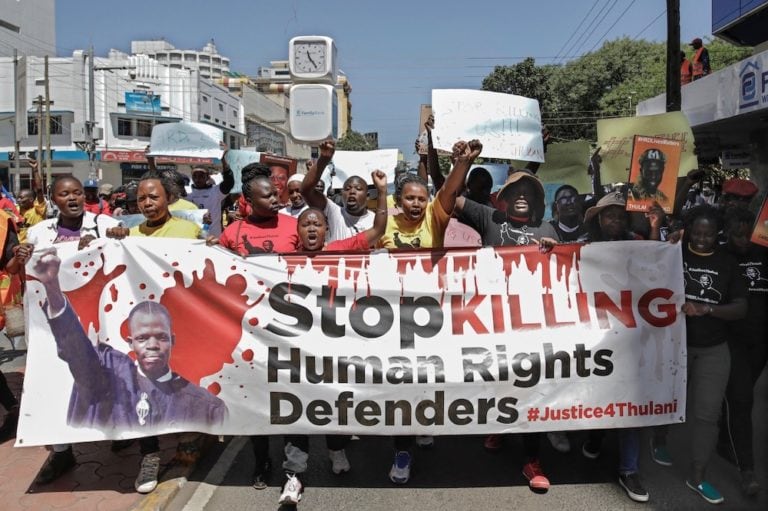(MISA/IFEX) – On 14 September 2000, Minister for Public Service and Information M.M. Dlamini ordered the reinstatement of thirty-two employees from the Swaziland Television Authority (STVA) following an appeal to this effect by the Swaziland Media, Publishers and Allied Workers Union (SMEPAWU). However, on 20 September, the minister withdrew his order, effectively dismissing the workers […]
(MISA/IFEX) – On 14 September 2000, Minister for Public Service and Information M.M. Dlamini ordered the reinstatement of thirty-two employees from the Swaziland Television Authority (STVA) following an appeal to this effect by the Swaziland Media, Publishers and Allied Workers Union (SMEPAWU). However, on 20 September, the minister withdrew his order, effectively dismissing the workers again.
In his order directing the STVA to reinstate the workers, Dlamini noted that R.Z. Matsenjwa, who headed the disciplinary hearings into the conduct of the workers following an illegal strike last year, did have a mandate to pass sentences on the employees. The report of the disciplinary hearings had recommended that the workers not be dismissed. However, the STVA had insisted that Matsenjwa did not have a mandate to pass sentence on the employees, and thus disregarded the
report and its recommendations.
In a 20 September letter, Dlamini said that his decision to reinstate the workers had been withdrawn with immediate effect “as it has since transpired that I did not have jurisdiction over the matter.” However, his earlier letter ordering the reinstatement of the workers made mention of the fact that he had had separate discussions with the board and management of STVA with no mention of the fact that his jurisdiction over the matter had been called into question.
MISA-Swaziland reports that Dlamini’s decision to withdraw his order came after he was summoned to Lozitha Palace, where he was apparently reprimanded by members of the Swaziland National Council and Premier Sibusiso Dlamini.
Background Information
On 23 March, the board of directors of the STVA abruptly fired thirty-two employees who went on strike in October 1999. The board’s decision to sack the employees went against the findings of the one-man commission of inquiry into the conduct of the workers, which concluded that the employees should not be dismissed.
Matsenjwa, a private company manager, was appointed by the STVA board of directors last year to head the inquiry. Although it was originally agreed that Matsenjwa’s findings would be final and binding, the board ultimately decided on the sacking of the employees.
The inquiry and eventual dismissal of the workers followed the events of 28 October 1999, when several STVA workers took control of the television studios in an apparent illegal strike. At least two journalists were threatened and forced to leave their posts at the time.
The strike was wage related, with workers demanding a seven percent back-pay, which management had promised them around April that year. Initially, management said they would receive this with their November salaries, but nevertheless the SMEPAWU decided to go ahead with the strike action. The strike was abandoned on the morning of 29 October when it had become clear that the action was illegal and that jobs were being threatened as a result. About seventy-five percent of workers at the STVA joined the strike action on 28 October.


